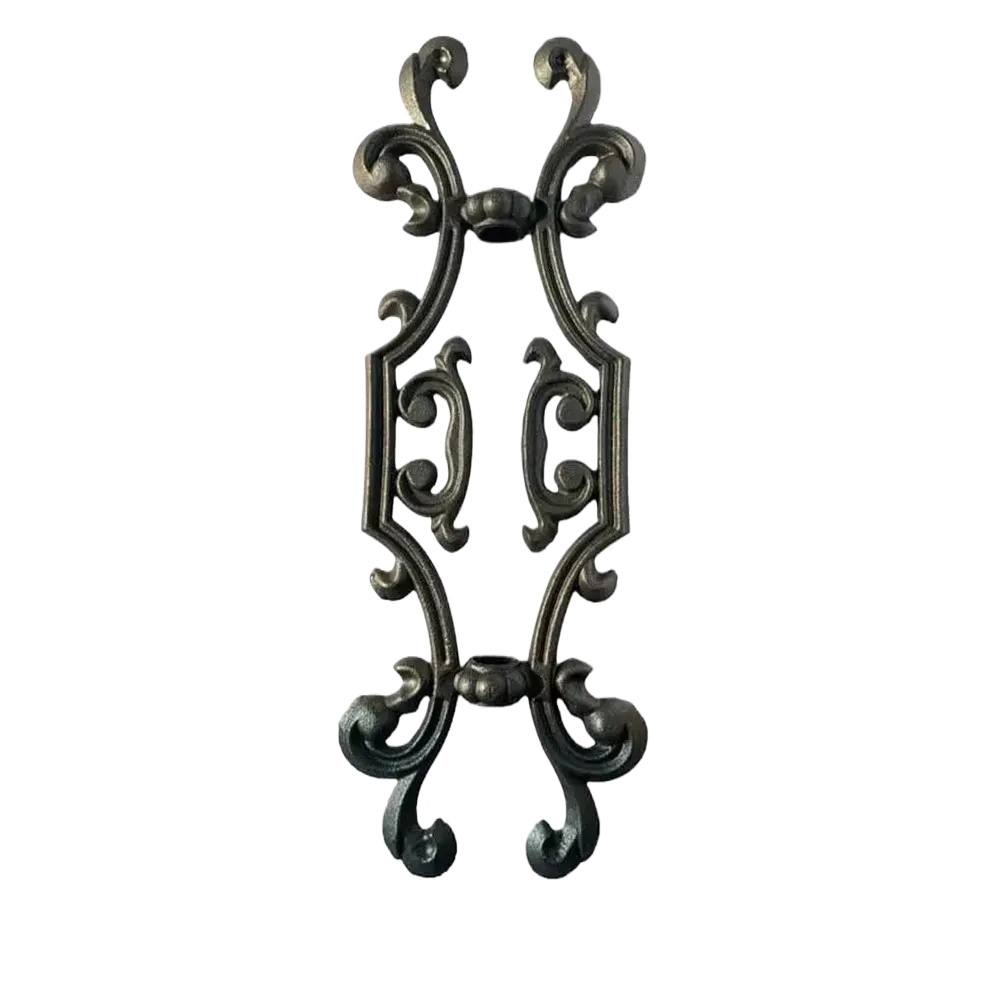Choosing the Right Sliding Door Roller Wheels for Smooth Operation
Understanding Sliding Door Roller Wheels A Comprehensive Guide
Sliding doors are a popular choice in modern architecture and home design, offering both functional and aesthetic benefits. They save space, provide seamless views, and allow natural light to flood interiors. However, the effectiveness of these doors largely depends on the quality and condition of their roller wheels. In this article, we delve into the fascinating world of sliding door roller wheels, exploring their functionality, maintenance tips, and the various types available on the market.
The Functionality of Roller Wheels
Sliding door roller wheels are essential components that enable smooth and effortless movement of the door along its track. They consist of a wheel that sits on a track, allowing the door to glide open and closed without the need for excessive force. The design of these wheels is crucial; they must be sturdy enough to support the weight of the door while still offering a smooth, frictionless motion.
Typically made from materials like nylon, steel, or plastic, the choice of material can significantly affect the operation and durability of the wheels. For instance, nylon wheels are often favored for their quiet operation and resistance to rust, while steel wheels are ideal for heavy-duty applications. Additionally, the design of the wheel—whether it’s a single or double wheel system—can also influence the door’s performance.
Common Issues and Signs of Wear
Over time, the roller wheels on sliding doors can experience wear and tear, leading to a host of issues. Common signs that your roller wheels may need attention include difficulty opening or closing the door, visible damage or chipping on the wheels, and unusual noise during operation. If you notice any of these symptoms, it's crucial to assess the condition of the roller wheels to prevent further complications.
One of the most frequent issues is the accumulation of dirt and debris in the track or on the wheels themselves, which can hinder movement. Regular cleaning can often resolve minor issues. However, if the wheels are excessively worn or damaged, replacement may be necessary.
Maintenance Tips
To ensure the longevity of your sliding door roller wheels, regular maintenance is key. Here are some tips to keep them in top condition
1. Regular Cleaning Periodically clean the track and roller wheels to remove dust, dirt, and debris. A soft brush or a damp cloth can be effective in keeping these components clear.
sliding door roller wheels

2. Lubrication Applying a silicone-based lubricant can help facilitate smooth operation. Avoid oil-based lubricants, as they can attract dust and grime, compounding the issue.
3. Inspect for Damage Regularly inspect the wheels for any signs of wear or damage. If you notice significant deterioration, consider replacing the wheels sooner rather than later.
4. Proper Alignment Ensure that the door is properly aligned with the track; misalignment can lead to uneven wear and a greater risk of damage.
Types of Sliding Door Roller Wheels
When it comes to choosing the right roller wheels for your sliding doors, there are several options available
- Standard Wheels These are the most common type and are typically made of nylon or plastic, offering a balance between affordability and functionality.
- Heavy-Duty Wheels Designed for larger or heavier doors, these wheels are usually constructed from steel and are built to endure more weight.
- Soft-Close Wheels These feature a mechanism that allows the door to close gently and quietly, reducing the risk of slamming.
Conclusion
Sliding door roller wheels are integral to the functionality and performance of sliding doors. By understanding their importance and maintaining them properly, homeowners can ensure smooth operation and longevity. Whether you are dealing with a simple repair or considering an upgrade, proper knowledge and care of roller wheels will enhance your sliding door experience.
-
Wrought Iron Components: Timeless Elegance and Structural StrengthNewsJul.28,2025
-
Window Hardware Essentials: Rollers, Handles, and Locking SolutionsNewsJul.28,2025
-
Small Agricultural Processing Machines: Corn Threshers, Cassava Chippers, Grain Peelers & Chaff CuttersNewsJul.28,2025
-
Sliding Rollers: Smooth, Silent, and Built to LastNewsJul.28,2025
-
Cast Iron Stoves: Timeless Heating with Modern EfficiencyNewsJul.28,2025
-
Cast Iron Pipe and Fitting: Durable, Fire-Resistant Solutions for Plumbing and DrainageNewsJul.28,2025
-
 Wrought Iron Components: Timeless Elegance and Structural StrengthJul-28-2025Wrought Iron Components: Timeless Elegance and Structural Strength
Wrought Iron Components: Timeless Elegance and Structural StrengthJul-28-2025Wrought Iron Components: Timeless Elegance and Structural Strength -
 Window Hardware Essentials: Rollers, Handles, and Locking SolutionsJul-28-2025Window Hardware Essentials: Rollers, Handles, and Locking Solutions
Window Hardware Essentials: Rollers, Handles, and Locking SolutionsJul-28-2025Window Hardware Essentials: Rollers, Handles, and Locking Solutions -
 Small Agricultural Processing Machines: Corn Threshers, Cassava Chippers, Grain Peelers & Chaff CuttersJul-28-2025Small Agricultural Processing Machines: Corn Threshers, Cassava Chippers, Grain Peelers & Chaff Cutters
Small Agricultural Processing Machines: Corn Threshers, Cassava Chippers, Grain Peelers & Chaff CuttersJul-28-2025Small Agricultural Processing Machines: Corn Threshers, Cassava Chippers, Grain Peelers & Chaff Cutters












